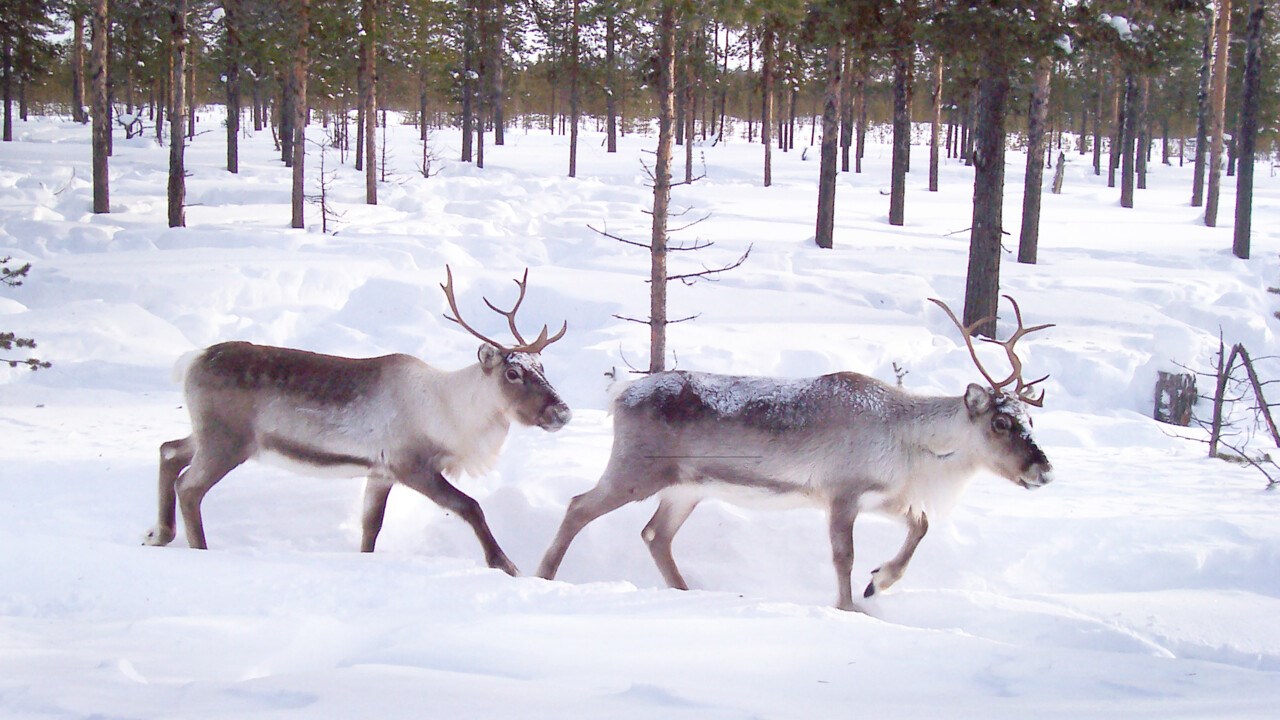About the scientific article
Tim Horstkotte, Per Sandström, Wiebke Neumann, Anna Skarin, Sven Adler, Ulrika Roos, Jörgen Sjögren. Semi-domesticated reindeer avoid winter habitats with exotic tree species Pinus contorta. Forest Ecology and Management vol 540, 121062


